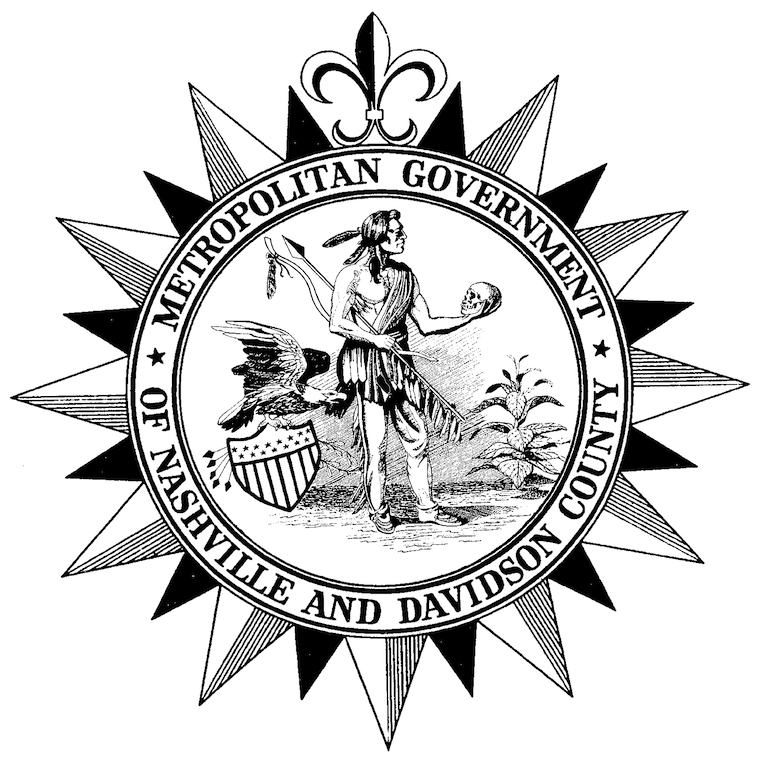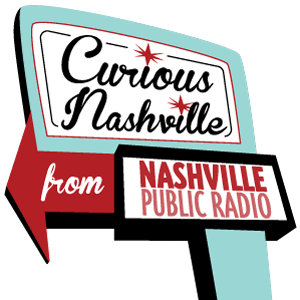
David Ewing, a Nashville attorney and historian who has appeared on WPLN, is trying to stump us with a Curious Nashville question: What’s up with with the Native American on the Metro seal, and why is he holding a human skull?
The city website spins a tale about how this is the Cherokee chieftain Oconostota. The Great Warrior of Chota — as he was known — is handing this skull and spear to settler James Robertson (who is not pictured) as a kind of peace offering. This was the conclusion of former Nashville Mayor Thomas Cummings, who tried to figure out the significance of the symbol in 1949.
There’s one problem with the Oconostota story.
“He and James Robertson – by all accounts – never met,” says Metro historian Carole Bucy. “We have no idea what the skull means, whatsoever.”
Death and war must be part of the meaning, Bucy says. But native Americans appeared on many seals back in the 1800s, representing what Bucy calls “a taming of the wilderness.”
The Tennessee General Assembly’s incorporation of Nashville in 1806 mentions that the city can have its own “town seal.” Bucy says a version of the modern seal with the skull-bearing Indian appears on those original documents.
Bucy believes the skull could be a reference to burial practices. The Cumberland Basin was known – and still is – for its unique burial grounds. Bodies were enclosed in coffins made from slabs of limestone or shale.
“It could represent those stone box graves that were here in the area,” Bucy says. “Another idea is that the skull just represented the notion of mortality. The Indian is looking at it. It appears he could be considering his own mortality. It could be something like the poetic notion of memento mori (a Latin phrase that basically means, remember, you have to die).”
Bottom line: the native American is more or less a generic character. And why he’s holding a skull is a mystery that may never be answered.
9(mda2nzqwotg1mdeyotc4nzi2mzjmnmzlza001))


